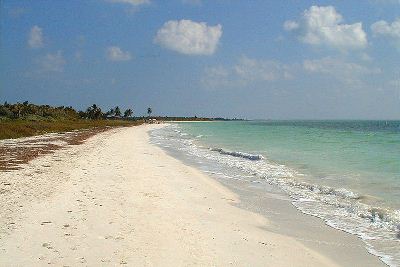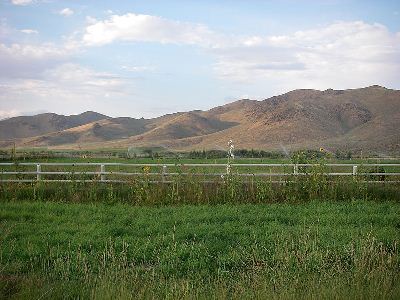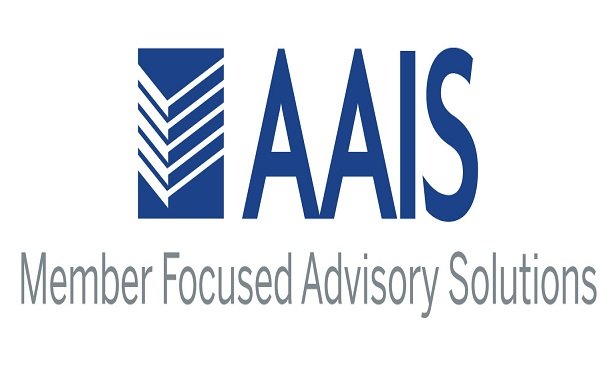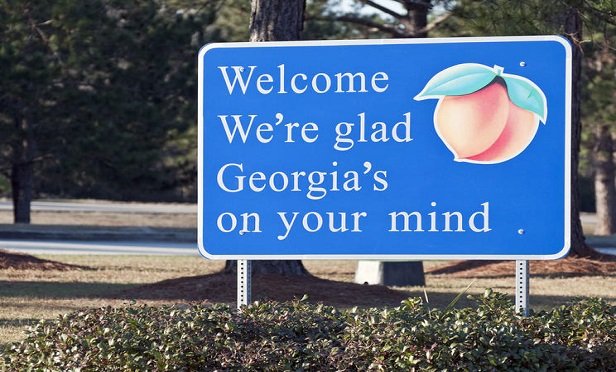The R StreetInstitute recently released a report card grading the insuranceregulatory environments in each of the 50 states. The report cardmeasures states on 14 objective variables to gauge the extent towhich their insurance regulatory environments embody the principlesof limited, effective and efficient government.
|R Street measured states on the concentration of their home andauto insurance markets and relative size of their residual markets;the effectiveness of state solvency and fraud regulation; thetransparency and politicization of insurance regulation; the taxand fee burdens placed on insurance markets and the proportion offees used to support insurance regulation; and the relative freedomgranted to insurers to set risk-based rates, including through theuse of credit and territorial information.
|Click “next” to see the five states that made straight A's andthe five states that flunked in the R Street report card. Click here to see the full list ranking all 50states.
|Editor's Note: R.J. Lehman is public affairsdirector at R Street Institute and is the author of the 2012Insurance Regulation Report Card. R Street is a non-profit publicpolicy research organization based in Washington D.C. whoseco-founders previously were the staff of the Heartland Institute'sCenter on Finance, Insurance and Real Estate.
||5. Idaho
|Grade: A
|Points (out of a possible55): 11
|Idaho was a solid performer across mostof the categories measured in the report, earning particularly highmarkets for having a property and casualty insurance market that isnot politicized and for having essentially no residual autoinsurance market.
||4. Wyoming
|Grade: A
|Points: 17
|Wyoming is one of very few states thatdoes not use insurance regulatory fees to patch other holes in itsstate budget. It also is notable for having essentially residualmarkets in home or auto insurance and no outstanding obligationsfrom companies under regulatory supervision or runoff.
||
3. Ohio
|Grade: A
|Points: 19
|Ohio is another state that gets high market for having propertyand casualty insurance regulation that is both very transparent andnot politicized. The state has a highly flexible use and filesystem with no notable restrictions on the use of credit orterritory.
||
2. Illinois
|Grade: A
|Points: 21
|Illinois' “no file” rate-making systemis the most flexible in the nation, creating a nearly free marketin insurance rating and underwriting. It also helps produce a statewith no notable residual markets in either home or autoinsurance.
||
1. Vermont
|Grade: A+
|Points: 28
|Despite being a small state, Vermont has the second highestnumber of domiciled insurance companies in the nation, behind onlyNew York. It nonetheless does a good job of keeping up with itsresponsibilities to subject its domestic insurers to financialexams. Vermont is also notable for having among the leastconcentrated home and auto insurance markets in the nation, a verylow tax and fee burden, and a very flexible use and file systemwith no notable restrictions on the use of credit or territory.
||
46. California
|Grade: D
|Points: -19
|With its elected insurance commissionerpost that has often served as a jumping off point for gubernatorialcontenders, California is the most politicized insuranceenvironment in the country. It also is notable for its extensiverestrictions on rating factors, including the use of both creditand territory, and its desk drawer rules. The state also has aheavy burden of obligations from insurers under regulatorysupervision.
||
47. Texas
|Grade: D
|Points: -21
|Texas is notable for a “file and use”system that is so burdensome it functions essentially as a priorapproval system. It also has been cited for employing desk drawerrules and its residual wind pool, the Texas Windstorm InsuranceAssociation, is among the largest in the country.
||
48. Massachusetts
|Grade: D
|Points: -23
|Despite reforms to its auto insuranceregulatory system, Massachusetts continues to have a highlyconcentrated auto insurance market and the second most significantresidual auto insurance market after only North Carolina. It stillrestricts the use of credit in insurance underwriting and also hasa significant residual market for homeowners insurance andrestrictions. But most notably, the state collects more than $120million in insurance fees and assessments, but spends only about 10percent of that total on insurance regulation.
||
49. New York
|Grade: D
|Points: -25
|New York has a strict prior approvalrate-making system and it is known for employing “desk drawerrules” in insurance regulation. It also has a highly concentratedauto insurance market, a relatively high burden of outstandingobligations from companies under regulatory supervision and itraises several times more in insurance fees and assessments than itactually spends on insurance regulation.
||
50. Florida
|Grade: F
|Points: -32
|Florida is home to the largest residual homeowners insurer inthe country, Citizens Property Insurance Corp., as well as astate-run reinsurer, the Florida Hurricane Catastrophe Fund.Because Citizens' rates effectively act as a cap on what privateinsurers can charge, it has the most restrictive rate-makingenvironment in the country. It also has a highly politicizedinsurance environment, an elected chief financial officer andrestrictions on the use of territory in underwriting.
Want to continue reading?
Become a Free PropertyCasualty360 Digital Reader
Your access to unlimited PropertyCasualty360 content isn’t changing.
Once you are an ALM digital member, you’ll receive:
- All PropertyCasualty360.com news coverage, best practices, and in-depth analysis.
- Educational webcasts, resources from industry leaders, and informative newsletters.
- Other award-winning websites including BenefitsPRO.com and ThinkAdvisor.com.
Already have an account? Sign In
© 2024 ALM Global, LLC, All Rights Reserved. Request academic re-use from www.copyright.com. All other uses, submit a request to [email protected]. For more information visit Asset & Logo Licensing.










